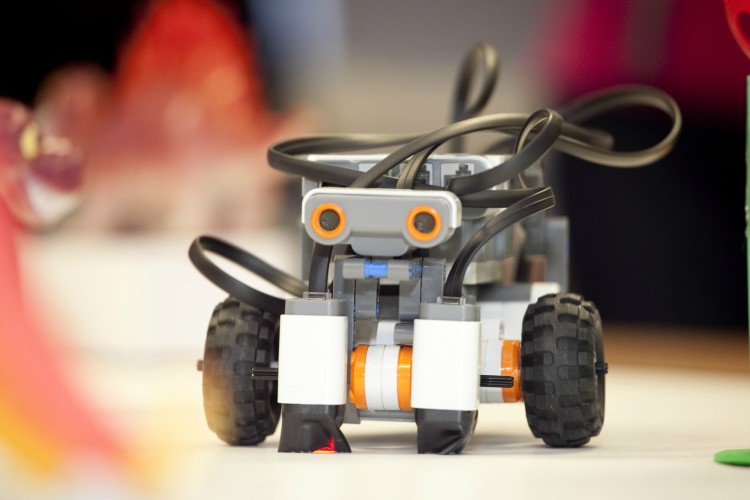At this time of year, many children will be hoping to get Lego in their Christmas stockings. Students studying computer science at Coventry University in the UK have been having some pre-Christmas fun with an advanced version of the classic child’s toy.
Lego Mindstorms are special kits that include everything you need to build a programmable robot or machine. As part of their degree course, students got the chance to have a play with the kits to learn more about the practical applications of computer science.
“The robots can be fitted with sensors which control motors and react to stimuli including light, color, sound, motion, and touch,” explained Michael Odetayo, principal lecturer in Computer Science at Coventry University, in a press release.
“The robot is controlled by an NXT intelligent micro-computer Lego brick that can be programmed to take inputs from sensors and activate the servo motors – meaning the robot reacts to its environment.”
After building their robots, the students decided to hold a competition to test the robots’ abilities.
The “Robot Tournament” consisted of two activities: a two-lap race of a Grand Prix-like racetrack against a single opponent; and navigation of an “alien” landscape in the search for “food” hidden under different colored balls, while avoiding hazards such as quick sand and dinosaurs.
“The ‘racing’ activity involved mimicking visual processing using light sensors to detect the black race circuit outline. In the second exercise the robots had to negotiate an obstacle course in a ‘lost world,’ with sensors having to detect different colored objects to win food points and avoid danger zones,” Odetayo said.
“Activities like this allow students to consolidate their learning using a practical example of programming – and have some fun, which is what learning should be.”





